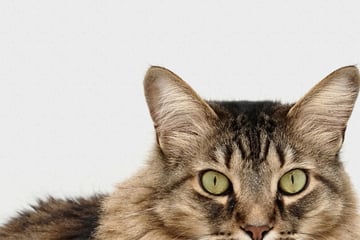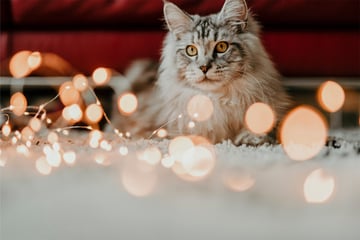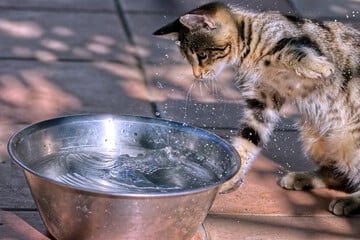Snowshoe cats: Why do some cats have white paws?
As cute as a cat's white paws may be, are they truly exclusive to snowshoe cats? Let's take a look at why some cats have white paws, and all you need to know about those gorgeous snowshoes.
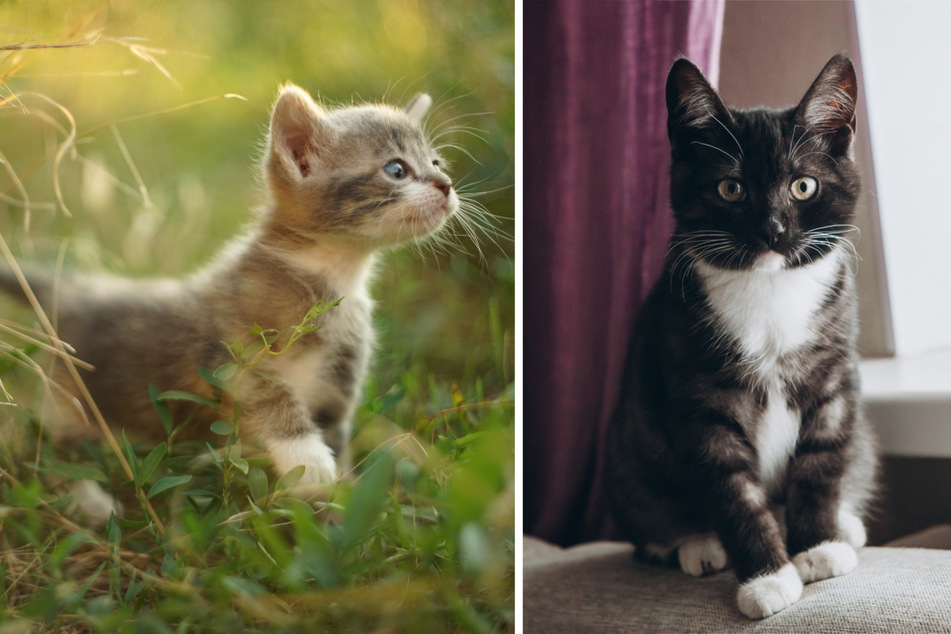
When a cat walks through snow, its paws will inevitably come back caked in white. There are some cats, though, to whom those white paws are not due to a dusting of snow but instead due to the color of their feet fur. It's endlessly adorable and ridiculously elegant for such a tiny animal, but what on Earth is going on?
In this cat guide, TAG24 will take a look at white-pawed cats. Why do some cats have white paws, and what's the deal with the snowshoe cat? What do they look like, and how much do they cost? Let's find out.
Why do cats have white paws?
Certain cats have white paws due to genetic factors that are generally accepted to have developed since the domestication of felinekind. It's important to understand the history of cats if you are to truly understand why certain cats have white paws while others don't. In a word, we can explain this phenomenon: Evolution.
Wild cats had to worry consistently about not only potential predators but also their ability to catch and consume their own food. As predators who were also targeted themselves, white paws stood out like a sore thumb, making it easier to be detected by enemies and prey alike.
Due to this conspicuousness, over time, the genetic trait died out, leaving the pigment of a cat's paws the same as the rest of its body, or at least similar, so that they didn't stand out. Seeing as the color of a cat's coat is genetically inherited, white-pawed cats more or less disappeared entirely – until cats were domesticated, that is.
As cats became more widely domesticated and people started breeding different types and (more importantly) different colors, these ancient traits were rediscovered. Through the process of breeding and an elongated period in which domestic cats have not had to contend with the dangers of the wild, these white paws have come back.
We're not going to go deep into the genetics of it all; we're not scientists, but what we will say is that a cat's color is due to a complex set of inherited genetic traits. Some cats have white paws because they were bred to, while others have white paws because they were genetically inclined to them anyway.
Important: Cat fur comes in all sorts of different patterns, colors, and types. Discover more about these different varieties of cat coats in our dedicated guide to cat fur patterns.
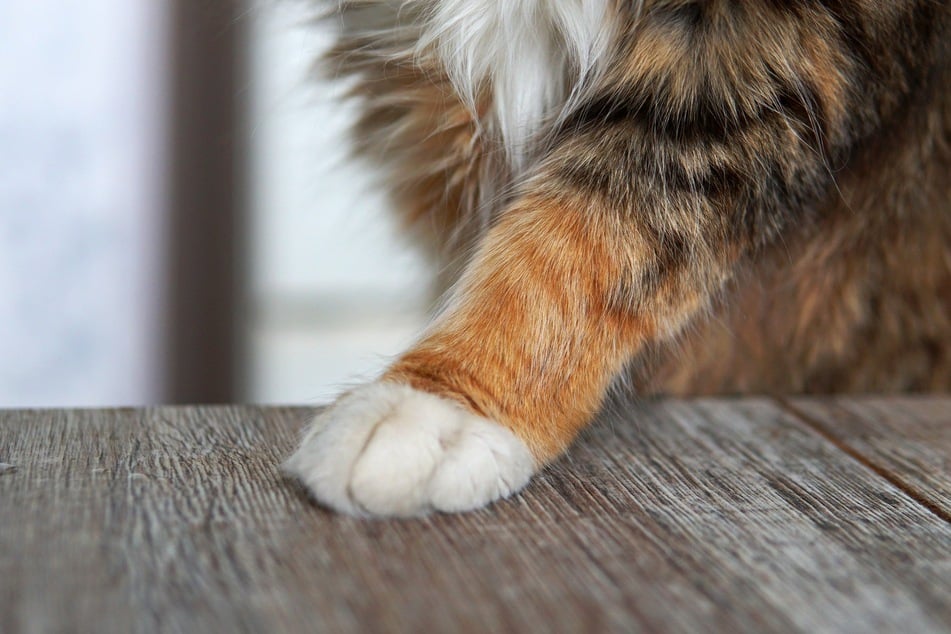
Cat with white paws: This is the snowshoe cat
Snowshoe cats are a strange breed that has become popular in the last few years due to their unique looks. They are not the only breed of cat that features white paws; indeed, many cats with at least a bicolor coat have the potential to become white-pawed if the genetic stars align.
Still, the snowshoe cat is now one of the world's most popular and beloved breeds. Here's some information to help guide you through what they are, what they look like, and how much they will cost you if you adopt one.
What is a snowshoe cat?
The snowshoe is a relatively rare but hugely popular domestic cat breed characterized by a bicolor coat and, more importantly, white paws. They are named "snowshoe" because they look like they have stepped in snow, making their paws entirely white while a great deal of their body is a completely different color.
Originally bred in the United States during the 1960s, modern-day snowshoes originate from a Siamese litter. The kittens were born with entirely white feet and, as such, for many years, snowshoes all had a common ancestor. Nowadays, though, the crossing of Siamese cats with various bicolor breeds is a relatively common way to produce snowshoe cats.
Snowshoes are known to be highly intelligent, largely on account of being related to the Siamese, as well as happy and athletic kitties. They can be vocal, though not as loud as the Siamese, and are endlessly adorable.
What does a snowshoe cat look like?
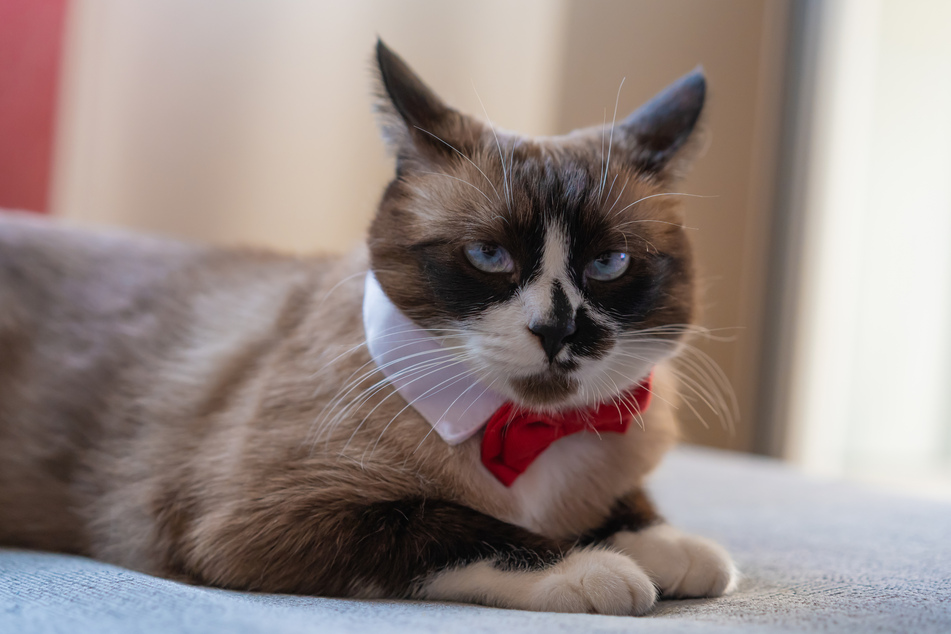
Snowshoe cats typically have two-to-three different fur colors throughout their body (at minimum two) but are predominantly characterized by their white paws. Their ears are generally medium to medium-large in size and have round tips. In addition to their white paws, they usually have white fur surrounding their nose, giving their face a distinctive look.
There are a vast assortment of possible coat patterns when it comes to snowshoe cats, but in general, their colors will darken as they age. These dudes are usually of medium size, rarely weighing more than 15 pounds, and often extremely strong, fit, and agile.
Most people agree that snowshoe cats are some of the most beautiful around, with distinctive fur patterns and the most adorable little mittens. What's not to love?
How much does a snowshoe cat cost?
While snowshoe cats are relatively rare, they don't usually go for much more than $1000-$1500 when adopted. Keep in mind, though, that the price of the cat upfront is not the real cost. When you get a cat, you need to get it vaccinated and get a number of essential items and a ton of medical checkups as you go.
All in all, a snowshoe cat will cost tens of thousands of dollars over the course of its lifetime. Lucky for you, though: Snowshoes don't usually have any serious genetically-caused health issues. They are pretty healthy, long-living, happy, and pleasant little kitties – just make sure not to keep them inside, or they'll go absolutely insane.
As with all questions about pet adoption, though, we'd recommend against buying a snowshoe from a breeder. Instead, support a local pet shop or (even better) adopt a cat in need from a local animal shelter.
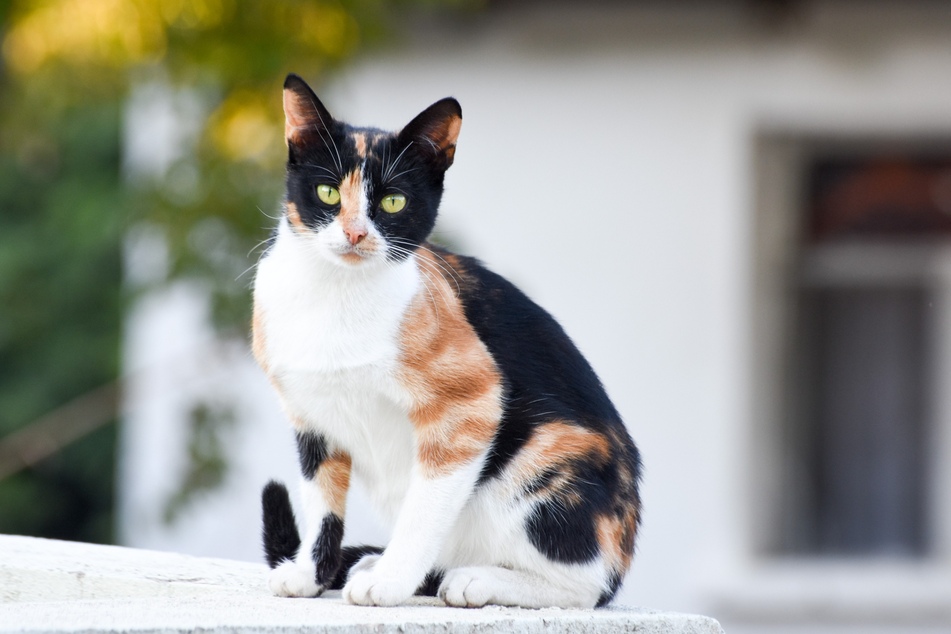
The snowshoe cat is a strange but adorable white-pawed cat
The color of a cat's paws is entirely genetic, based not only on its breed but on its inherited traits and characteristics. Of course, the snowshoe cat ascribes to both explanations, making their beautiful little paws primarily the result of breeding for the purpose of selling cats to prospective owners.
They are strange-looking beasties but incredibly sweet and incredibly adorable. In the end, it all comes down to pigment, breed, and fur type.
Cover photo: Collage: 123RF/Sonymega/Nikonov
